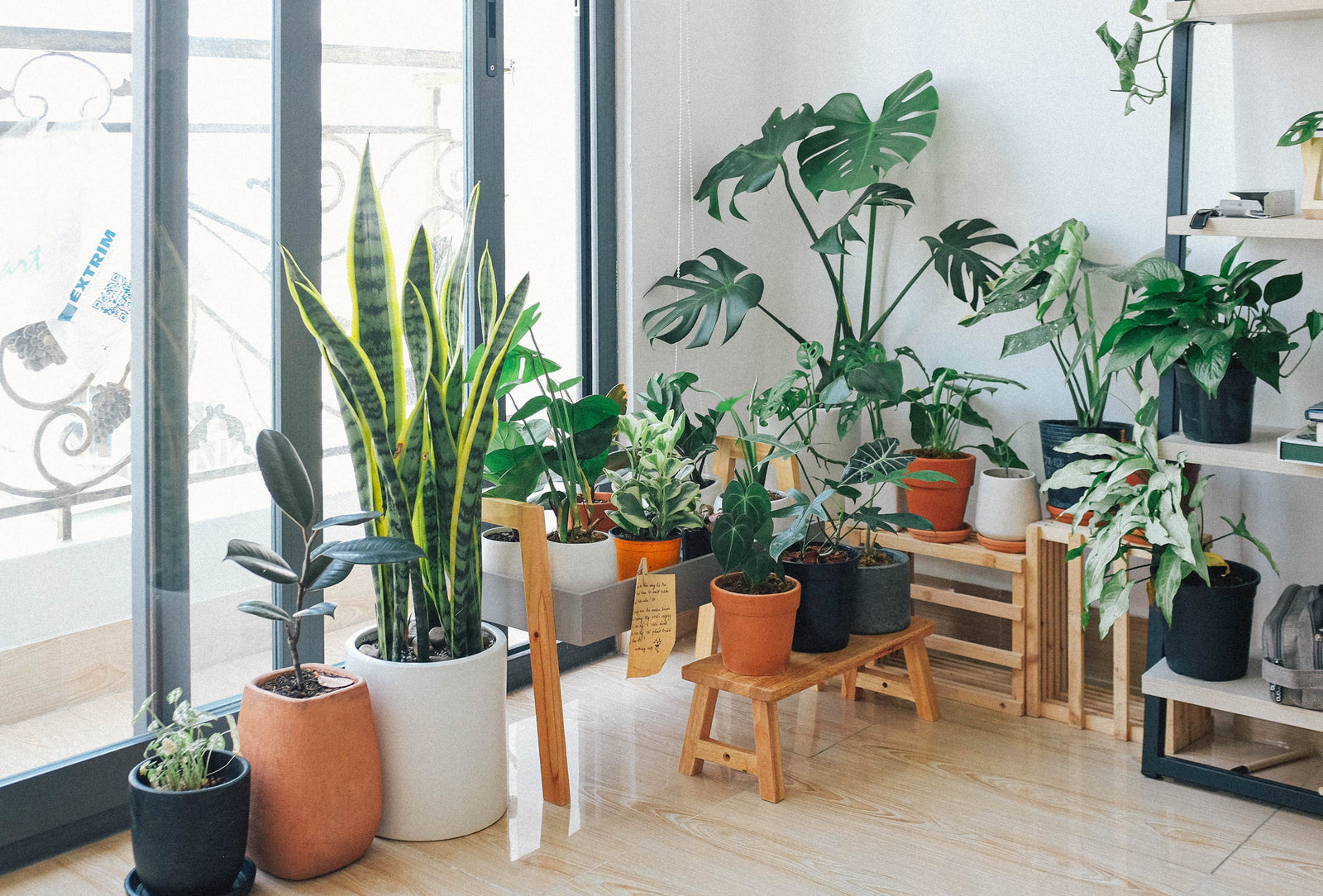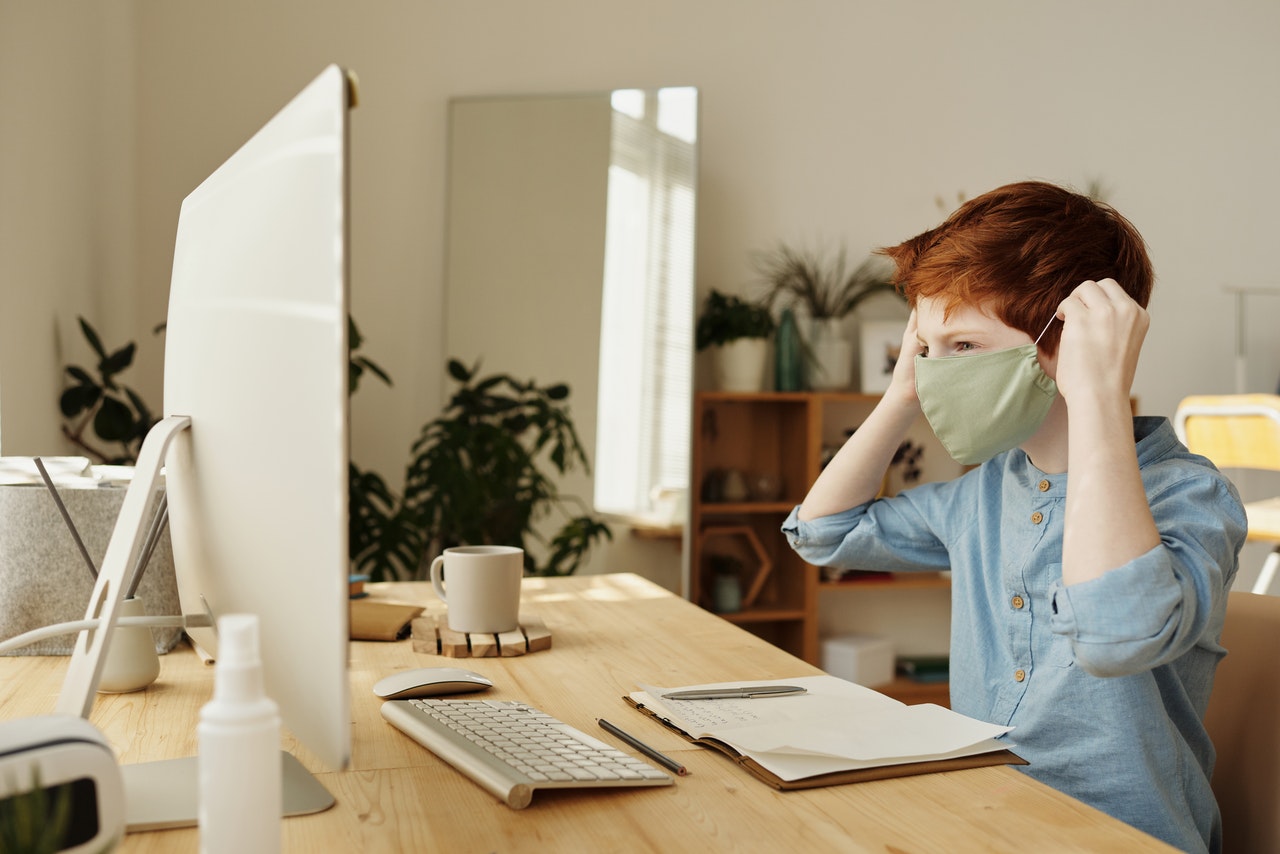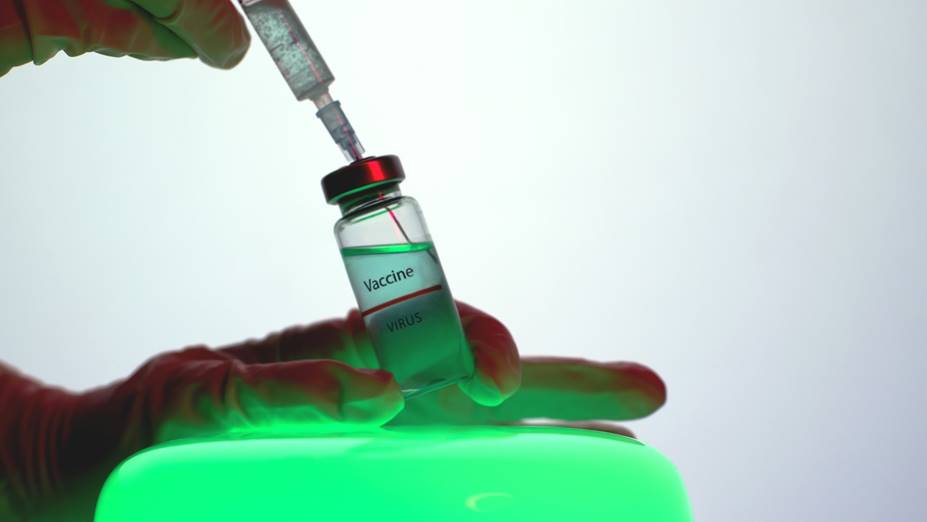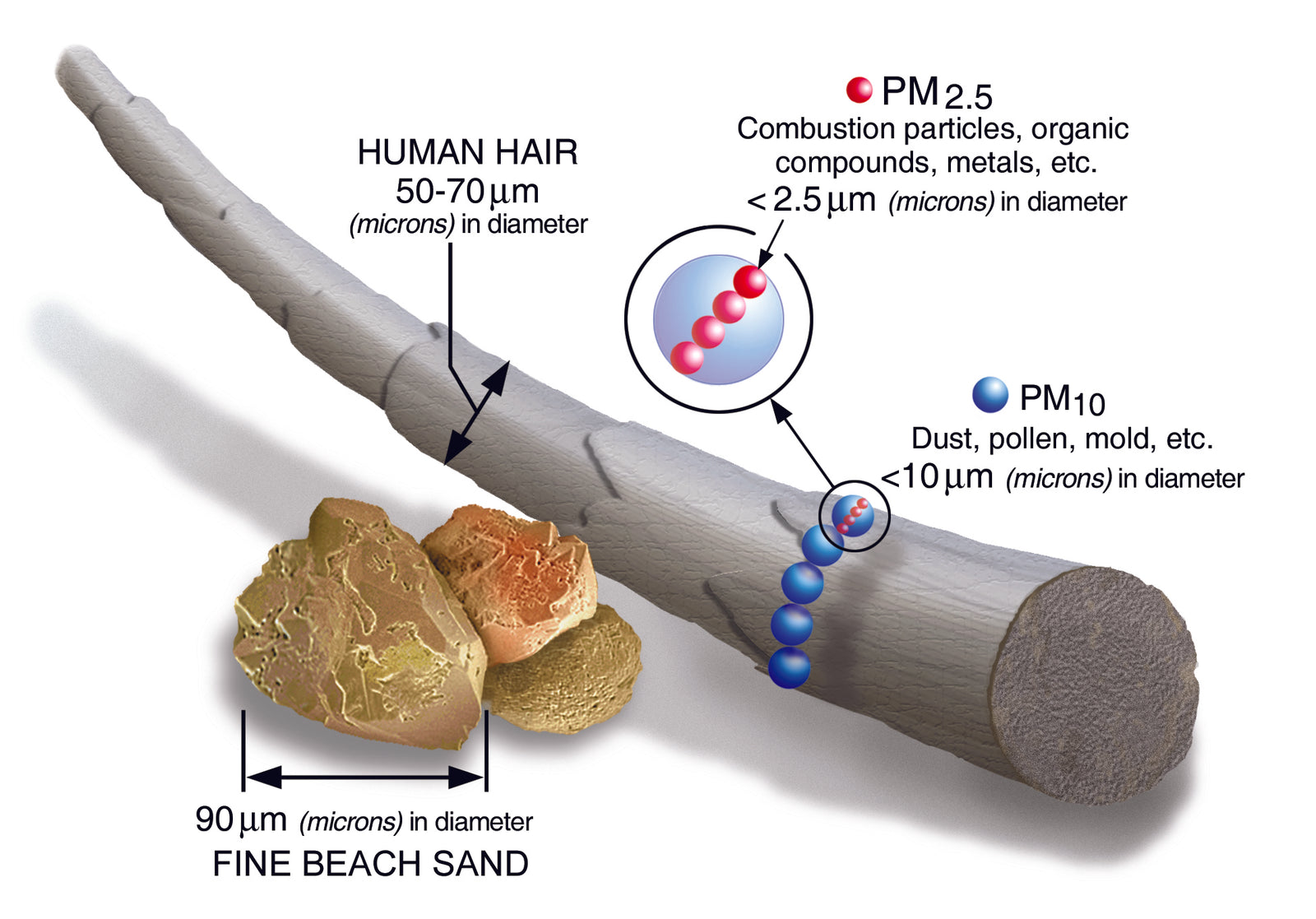UVC & The Common House Plant

As a young boy, I spent most of my time in the outdoors, catching, identifying and releasing just about any organism I could find, so it should come as no surprise that my undergrad degree was in Biology.
Unfortunately, even before I had graduated, I had started on a career centered on computers, software, and digital connectivity. Professionally, far from the passion that drove my youth. So when a former manager called and said “Hey, I’m working with a company that has some pretty interesting light science technology would you like to get involved” I jumped on the opportunity to apply technology to plant biology. I became obsessed with learning as much as I could about the science of UV light and how different spectrum can positively or negatively impact plants.
There is a lot I can say about what was learned and verified by working with research institutes, farmers, private growers, universities, and my own experiments growing strawberries at different wavelengths. Yet, the biggest takeaway was, there are a plethora of companies developing grow lights that perform at varied spectrums to elicit different results at varying stages of the plant's life.
Plants leverage a higher frequency than the ultraviolet germicidal spectrum we typically discuss, specifically the visible light wavelengths of blue, green, and red (430nm to 800nm). What research shows is that most plants perform best with a mixture of all three, however, by manipulating the variables of time, spectrum (color), proximity and intensity throughout the plants life-cycles (seedling, vegetative, and flower) growers can effectively produce a variety of results, affecting the plant's size, density, taste, and even chemical makeup.
Why this topic? I often get questions about how will a UV-C product impact pets, fish, turtles, birds, snakes, etc., but no one has ever asked “Will it harm my plants?”.
Here is what I found. First, high levels of direct, close and extended UV-C light on your plants can burn the leaves or even kill a plant. In 2017 the University of Utah, the Flower Growers Association and the Greenhouse Program Working Team (GHPWT) conducted a research project to test the effects of germicidal UV-C light on common plants, specifically pansies, impatiens, scarlet sage, petunias, marigolds, red salvias, and other bedding plants. The plants were placed at different distances from the lights and run at different timed intervals.
Interestingly, too close or too much light killed or burned the plant, too far, and there was no effect. However, by manipulating the distance of the light to the plant many of the plants did react to the UV-C light. The most common result was the UV-C light reduced the height of the plants, making them bushier and denser, which can be beneficial to growers. In some instances, the lights accelerated the growth of the flowers for certain species and in others, it delayed the growth.
My Recommendations:
- If you have plants in the room, don't place your UV-C device close to (within 10 feet) your plants.
- If you notice the leaves starting to brown, put the plants in a different room or block them from the direct exposure to the light.
- Plants also benefit from light and dark periods of sunlight every day, be cognizant that adding light in the evening may also impact your plant's ability to flower.
- Take some pictures, especially if you have identical plants in another room, you might just find the perfect recipe to produce more vibrant color, thicker leaves, or stronger stalks.
These types of research projects can be interesting, or at least give you something to do while under stay at home mandates and nothing new and exciting to watch on Netflix.
Also in News

An Unusual Journey to Normalcy

The History of Vaccines: What it Means for Coronavirus

